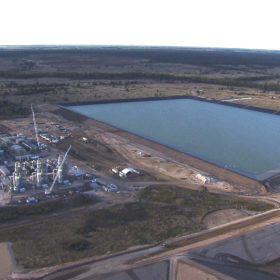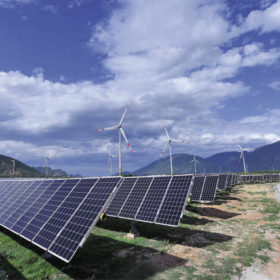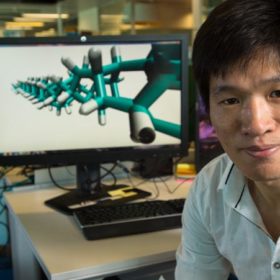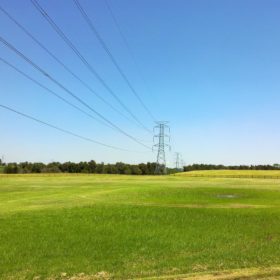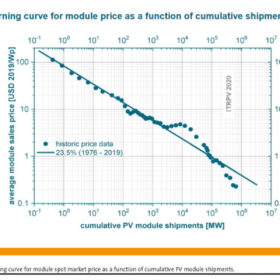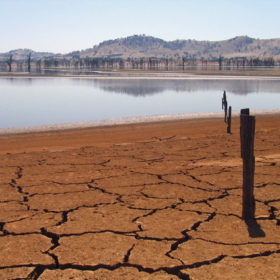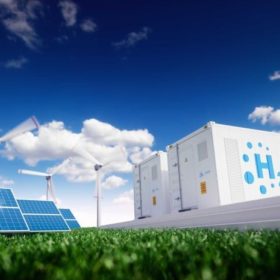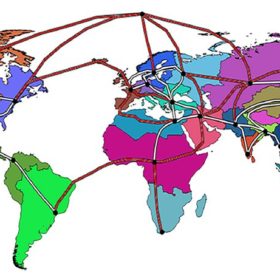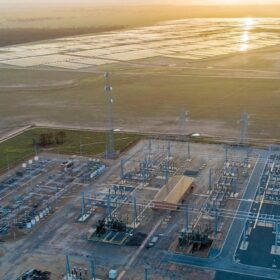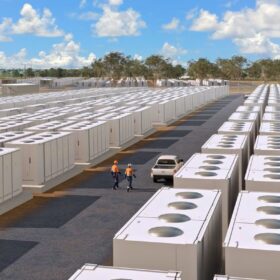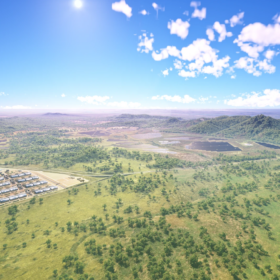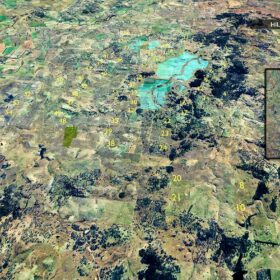Fracking to help fund WA’s Clean Energy Future Fund
WA’s McGowan Government has set up a $9 million Clean Energy Future Fund which it will top up with the royalties of ‘unconventional onshore oil and gas projects’, a euphemism for fracking.
AEMO: The grid can handle 75% renewables by 2025
The Australian Energy Market Operator (AEMO) has found that the country already has the technical capability to safely operate a system where three-quarters of electricity comes from wind and solar. However, to do so it needs to get regulations right.
“Queenslander!” call to fight new coal investment
A new poll of 1000 Queenslanders has found strong support for the State to invest in renewable energy and a concordant distaste for coal. The results come amid political debate as to the viability of a new coal-fired power station in North Queensland.
Diamond bright, QUT researchers shine light on energy storage solution
Researchers at the Queensland University of Technology have proposed a new design of a diamond nanothread bundle that could found a new form of mechanical storage, which, pound-for-pound, is three times more powerful than lithium-ion batteries.
AER’s final approval takes QNI to shovel-ready status
The Australian Energy Regulator has approved the final phase of the Queensland – New South Wales Interconnector upgrades. TransGrid and Powerlink are now ready to begin civil construction in the coming weeks.
Solar costs set to continue falling according to ITRPV roadmap
The 11th edition of the German document which tracks solar price falls and efficiency improvements has considered the role bigger wafers are playing in cost reduction.
Zero-emissions solutions are ready to roll, right when the economy needs them most
A major new report finds there is a pathway to zero emissions for every major economic sector in Australia. Over 18 months in the making, Decarbonisation Futures offers fresh ideas for how Australia can embrace the zero-emissions future that is visible on the other side of the pandemic, writes Amandine Denis-Ryan of ClimateWorks Australia.
The solar highway to Australia’s renewable hydrogen economy
Modelling from a new report backed by ARENA has found that on-site solar electrolysis is not only the most cost-effective way of reaching Australia’s ambitions of both a domestic and export hydrogen economy, but perhaps the only way.
Global supergrid vs. regional supergrids
Researchers from Finland’s Lappeenranta University of Technology have assessed the economic advantages of a fully interconnected global network. They found that an international grid could contribute to a global LCOE of €52.50/MWh. The higher complexity of such a system, however, would only be marginally compensated by additional economic benefits.
Constraints lifted for five West Murray solar farms
In a major feat for the energy sector, the Australian Energy Market Operator (AEMO) has provisionally lifted generation constraints imposed on five solar farms in the West Murray Zone, following the successful testing of new tuned inverter settings this week.
